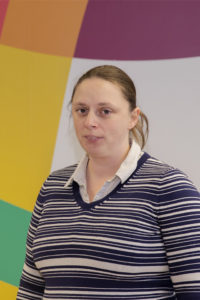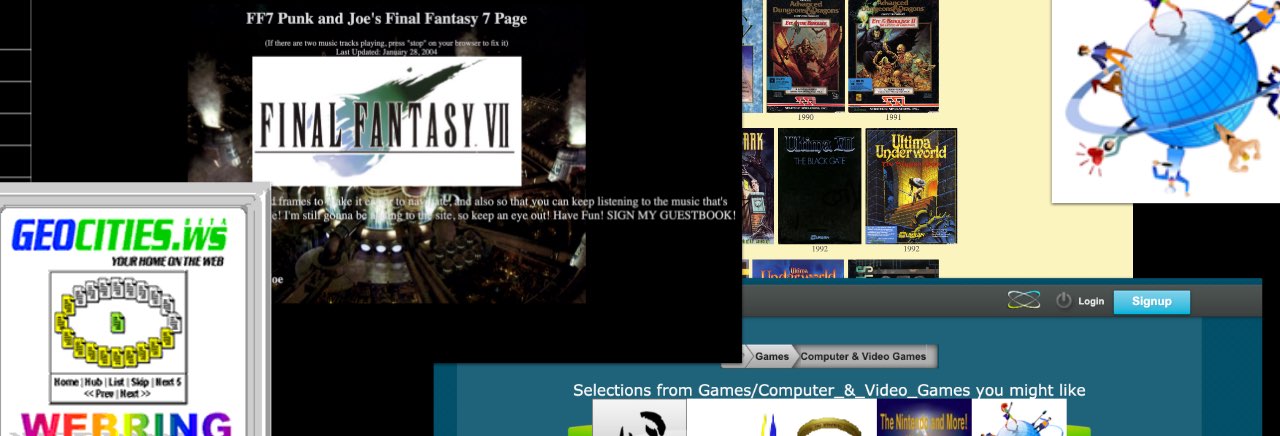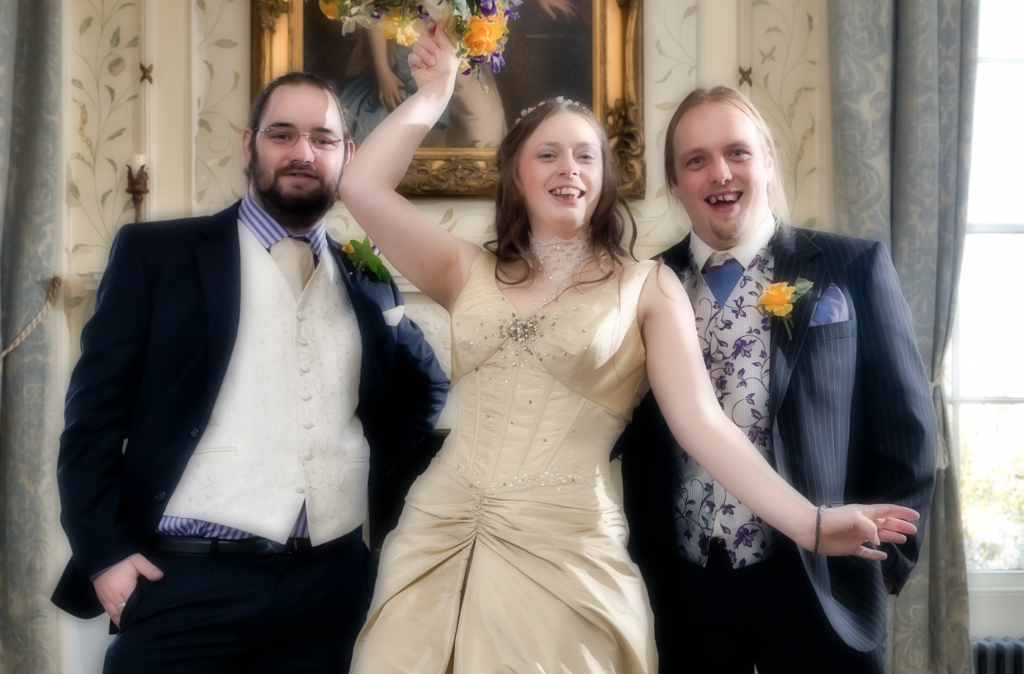…
Here we have a city every building of which is a perfect work of art, and whose setting is nature’s loveliest handiwork, made perfect by the intelligence of man.
How can we believe for a moment that we are now securing the best results of our highest intelligence, when we have it in our power to live in places such as described, and are yet
content to crowd ourselves in cities where the streets are narrow, filthy, and ill-paved, where not a blade of grass or a single flower is seen except in isolated parks and a few
florists’ windows, and where millions live who never inhale the fragrance of nature’s purest loveliness?
It does not follow that if a city were laid out regularly, it would necessarily become monotonous from sameness. Although the buildings and population would be equally distributed,
and each building designed to accommodate about the same number, here all similarity would end; for the beauty of environment would change with almost every move of the beholder. The
eye could not rest on any two buildings that were alike in architecture, in design or in coloring. Each and every building of “Metropolis” would be a complete and distinct world of
art in itself. Every color and every shade of color would be found in their ceramic treatment. In some instances, there would be a gradual dissolving from a dark shade of color at the
base to an almost white at the top of the buildings. In others, the general dissolving of one tint into another would give an effect that would combine all the prismatic tints of the
rainbow. In others, a single delicate tint would be the predominating feature. Here, one would look as though chiselled from a block of emerald, another from jet, another from
turquoise, and another from amethyst. One would have metallic lustre tints, while others would combine kaleidoscopic effects in colors and designs. Some would vie with nature in their
beautiful designs in flowers; and, again. the most beautiful results could be produced in the opalescent effect, that would result from the application of combinations of colors in
fine grooves, which could only be seen at the proper angle of observation. With every move of the individual, a transformation would take place. One tint would gradually dissolve
through many shades into a different color. Pink would fade into green, green into gold; red, through every shade of purple, to blue, and so on through endless combinations; and with
every change of reflected light, there would be a dissolving and gradual change in the beauties around us. We can never obtain grand effects in architecture except by ample space
and complete conceptions in buildings.
Perspective is as necessary to artistic expression of architecture as proportion and design. A building that is high and broad should have an open space around it, sufficient to allow
of its beauty being grasped as a whole; and a building should be built in such outline. and so removed from other buildings, that it has a continuous and harmonious facade from every
point of view. This is not possible in the construction of buildings in our present cities. Our modern office buildings are the result of necessity; and the architect, instead of
being allowed the free play of his imagination in the development of an artistic conception, is obliged to make his ideas conform to a contracted and narrow strip of land on which to
build, not a building, but a tower.
Imagine for a moment these thirty odd thousand buildings of “Metropolis,” each standing alone, a majestic world of art–a city which with our present population, would be from sixty to
seventy-five miles in length, and twenty to thirty in width–a never-ending city of beauty and cleanliness, and then compare it with our cities of filth, crime, and misery, with their
ill-paved and dirty thoroughfares, crowded with the struggling masses of humanity and the system of necessary traffic. And then compare the machinery of both systems, and take your
choice; for I believe the only obstacle that lies in the way of the building of this great city is man. For if he chooses to build it, he has the necessary intelligence, and can
complete it within twenty-five years. The same endless variety in colors and designs would be found in the treatment of interiors, but in the ceramic decoration of upward of one
hundred million rooms it would be possible to use the same designs in different colors and combinations of borders and panels in hundreds of thousands of rooms, and yet no two rooms
would be treated exactly alike. It would be only natural that there would be hundreds of thousands, possibly millions, of rooms of exactly the same dimensions: and thus machinery
would economically come into play where such a wide field of duplication was possible. This is why I assert that tiling, though expensive now as a decorative feature of buildings,
would, under these conditions of production, be actually cheaper than the common plaster on our walls. My idea is that the city should be actually a city of porcelain, as far as
outside appearance was concerned, except where glass was used, and where wood or metal was used for window frames and doors.
I wish to speak here of another advantage which would result from there being millions of rooms of the same dimensions. In the manufacturing department of “Metropolis” rugs and
carpets would be one of the large industries; and, where there where millions of rooms of like dimensions, it would be possible to make special machinery to weave carpets or rugs to
the exact dimensions of rooms. In cases where millions were to be made to the same dimensions there could be thousands of different designs and combinations and shades of coloring.
…
He’s most-famous for inventing the safety razor (which he didn’t) or for inventing the disposable safety razor blade (which he also didn’t) or for popularising the razor-and-blades
economic model (which he did, to great success), but far fewer know of King C. Gillette’s The Human Drift. In it, Gillette proposes his idea of an perfect, semi-utopian
metropolis in which all of the citizens of North America could reside, arcology-style. Based on a multi-tiered hexagonal-grid structure with optimal efficiency and boundless
expandability, the city itself would become “…the heart of a vast machine, to which over the thousands of miles of arteries of steel the raw material of production would find its way,
there to be transformed in the mammoth mills and workshops into the lifegiving elements that would sustain and electrify the mighty brain of the whole, which would be the combined
intelligence of the entire population working in unison, but each and every individual working in his own channel of inclination.”
I don’t know how realistic his ideas were, but they’d make for spectacular science-fiction.




